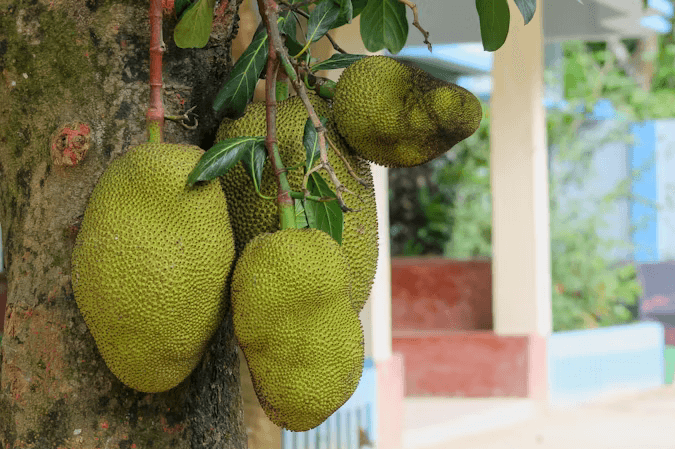Nutritional Value of Brinjal (Eggplant) (per 100 grams)
| Nutrient | Amount |
| Calories | 25 kcal |
| Protein | 1 g |
| Carbohydrates | 6 g |
| Dietary Fiber | 3 g |
| Total Fat | 0.2 g |
| Saturated Fat | 0.03 g |
| Monounsaturated Fat | 0.02 g |
| Polyunsaturated Fat | 0.09 g |
| Cholesterol | 0 mg |
| Sodium | 2 mg |
| Potassium | 229 mg |
| Calcium | 9 mg |
| Iron | 0.23 mg |
| Magnesium | 14 mg |
| Phosphorus | 24 mg |
| Vitamin C | 2.2 mg |
| Thiamin (B1) | 0.04 mg |
| Riboflavin (B2) | 0.02 mg |
| Niacin (B3) | 0.65 mg |
| Vitamin B6 | 0.08 mg |
| Folate | 22 μg |
| Vitamin K | 3.5 μg |
Interesting Facts about Brinjal (Eggplant)
- Diverse Varieties: Brinjal comes in a wide variety of shapes, sizes, and colors, including purple, green, white, and striped varieties. Each type has a unique taste and texture.
- Botanical Classification: Although commonly considered a vegetable, brinjal is botanically classified as a berry. It belongs to the Solanaceae family, which also includes tomatoes, potatoes, and bell peppers.
Origin
Brinjal is believed to have originated in the Indian subcontinent and has been cultivated in Southeast Asia for more than 1,500 years. It spread to the Middle East and Europe through trade routes and is now grown worldwide.
Health Benefits
- Rich in Antioxidants: Brinjal contains powerful antioxidants like nasunin, which helps protect cells from damage and has anti-inflammatory properties.
- Supports Heart Health: The fiber, potassium, and vitamin C in brinjal contribute to maintaining heart health by reducing blood pressure and cholesterol levels.
- Aids in Weight Management: Brinjal is low in calories and high in fiber, making it a good addition to a weight management diet.
- Blood Sugar Regulation: The fiber in brinjal helps regulate blood sugar levels by slowing down the absorption of glucose in the bloodstream.
Specific Body Parts/Organs Benefited
- Heart: The potassium and fiber content in brinjal support heart health by helping to lower blood pressure and cholesterol levels.
- Brain: The nasunin antioxidant in brinjal has been shown to protect brain cell membranes from damage.
- Digestive System: The high fiber content aids in digestion and helps prevent constipation.
Sources
- USDA FoodData Central
- Healthline
- Medical News Today



